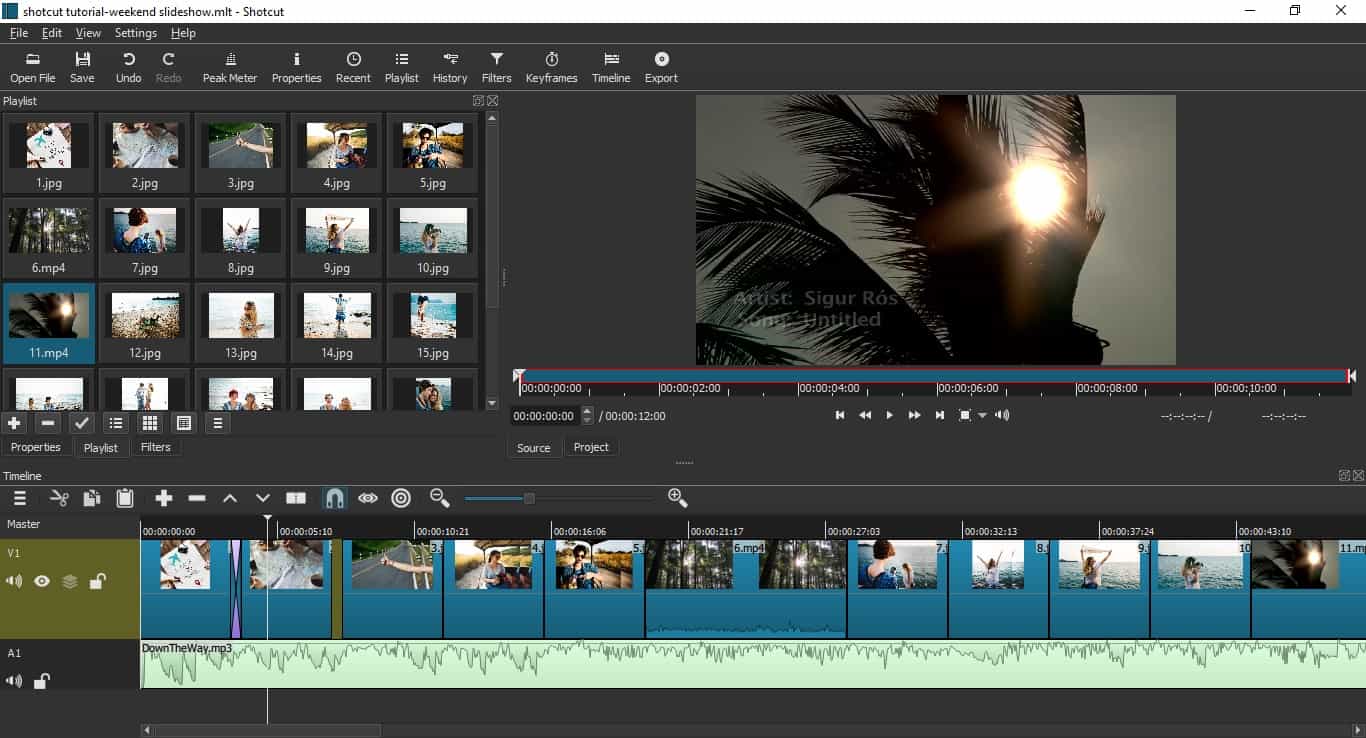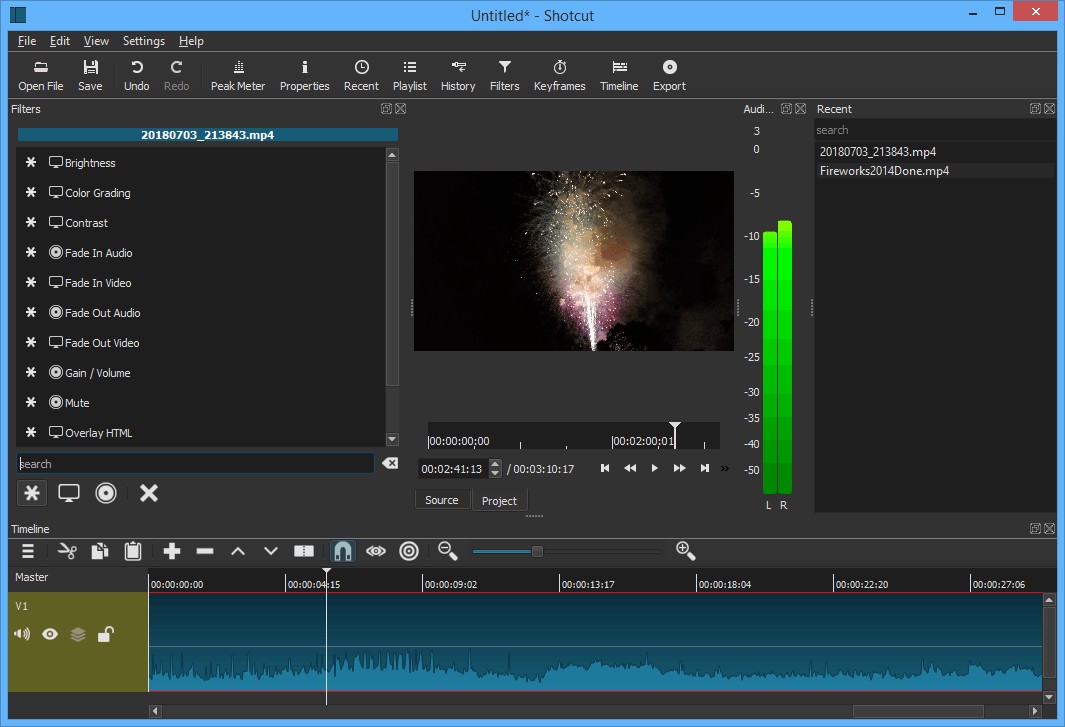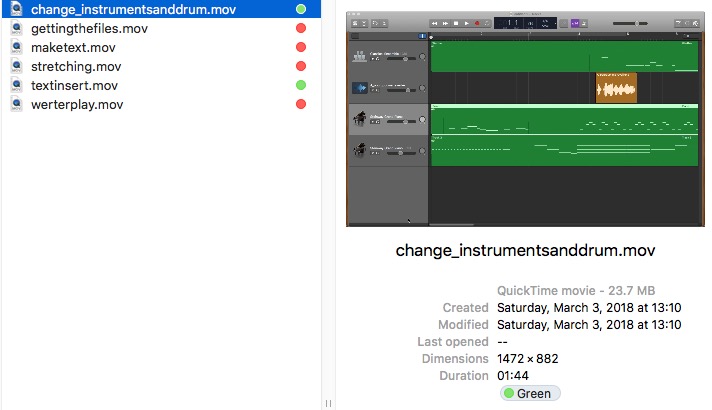
Recent investigation of individual differences in multitasking revealed evidence for individual preferences for modes of task processing (serial vs. Direct comparison between fracture toughness and Young's modulus shows that for a given Young's modulus, salted gelatin has a higher fracture toughness than unsalted gelatin.

The fracture toughness of the gelatin is estimated independently. Indeed, for a given injected volume, this length depends only on the density contrast between air and gelatin and on the Young's modulus of the gelatin. We also propose a new method for in situ Young's modulus estimation, relying on the length of air-filled propagating crack. We confirm that measuring the shear velocity leads to accurate estimates for the rigidity of gelatin. In addition, we deduce a correction factor to be applied when using an analytical formula.

In the case of a standard experimental setup with gelatin adhering to the tank wall, we find E is overestimated by at least 5% for a box with lateral size smaller than 20 times the cylinder diameter. By means of dedicated analog experiments and finite element simulations, we estimate the bias introduced by using equations appropriate for a half-space to interpret the subsidence due to a cylindrical surface load applied on the gelatin.
#Shotcut screen capture how to
Here we reassess how to accurately calculate the Young modulus (E) of gelatin contained in experimental tanks. Precise characterization of the mechanical properties of gelatin, a classic analog of the elastic crust, is necessary for scaling the mechanical models of the Earth's crust behavior in laboratory experiments. Researchers should consider the implications of the choice of intersession interval when designing future illusory truth effect research. False information repeated over short timescales might have a greater effect on truth judgements than repetitions over longer timescales. Both our hypotheses were supported: We observed an illusory truth effect at all four intervals (overall effect: χ 2(1) = 169.91 M repeated = 4.52, M new = 4.14 H1), with the effect diminishing as delay increased (H2). This Registered Report describes a longitudinal investigation of the illusory truth effect (n = 608, n = 567 analysed) in which we systematically manipulated intersession interval (immediately, one day, one week, and one month) in order to test whether the illusory truth effect is immune to time. Contrary to some theoretical predictions, the illusory truth effect seems to be similar in magnitude for repetitions occurring after minutes or weeks. Repeated statements are rated as subjectively truer than comparable new statements, even though repetition alone provides no new, probative information (the illusory truth effect).


We illustrate the review with examples where good practice has advanced the agenda in bilingualism research and highlight resources to help researchers get started.
#Shotcut screen capture full
Similarly, full provision of experimental materials and protocols underpins assessment of both the replicability of original findings, as well as their generalisability to different contexts and samples.
#Shotcut screen capture code
Full disclosure of data and code is necessary not only to assess the reproducibility of original findings, but also to test the robustness of these findings to different analytic specifications. In this review, we survey current practices and advocate a credibility revolution in bilingualism research through the adoption of minimum standards of transparency. Poor availability of data, analysis code, and materials has hindered the development of cumulative lines of research. The extent to which findings in bilingualism research are contingent on specific analytic choices, experimental designs, or operationalisations, is currently unknown.


 0 kommentar(er)
0 kommentar(er)
